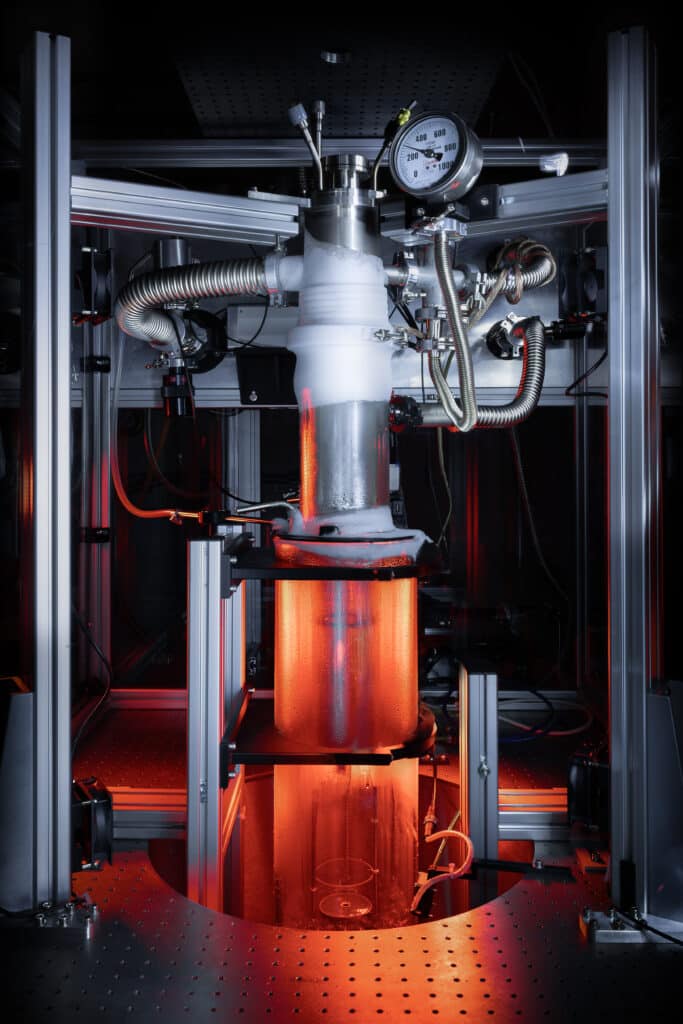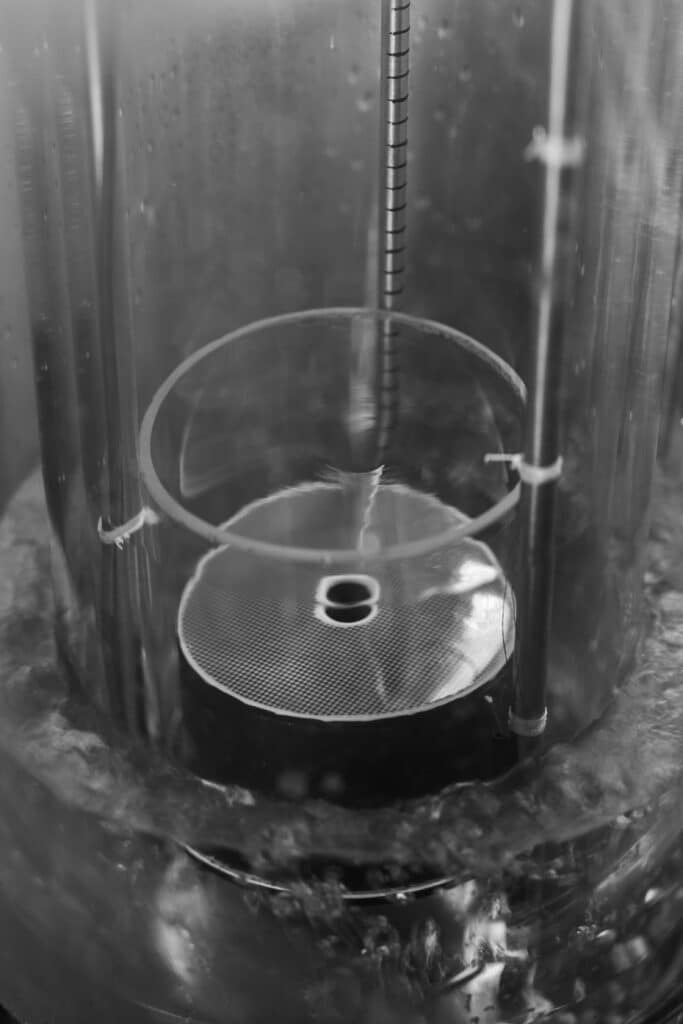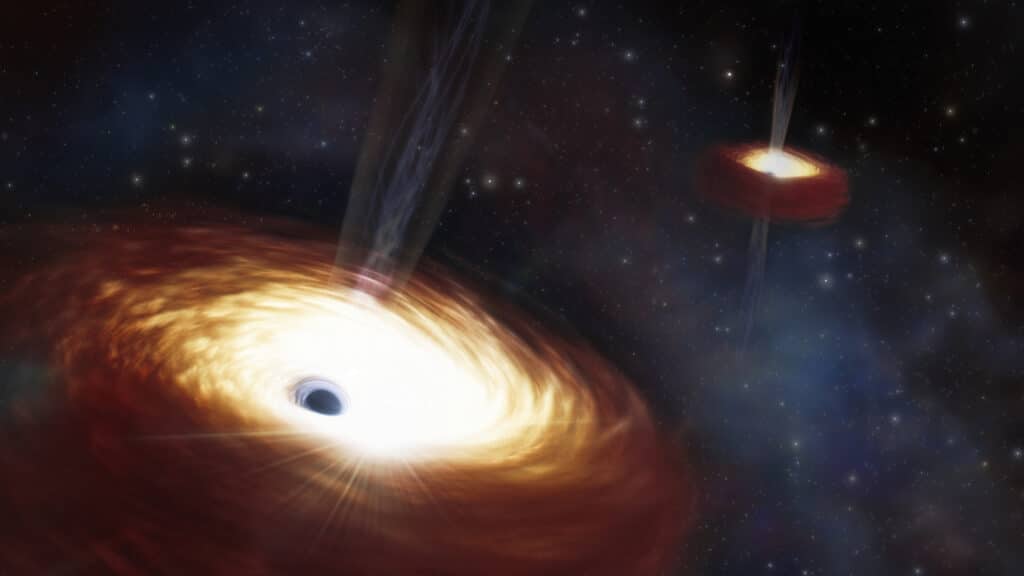Tornadoes might wreak havoc here on Earth, but “quantum tornadoes” are allowing scientists to better understand the power of black holes. Because of this, researchers from England have successfully simulated the gravitational conditions of black holes by creating a giant quantum vortex within superfluid helium, a discovery that promises to illuminate the enigmatic behavior of these cosmic phenomena. This novel experiment, spearheaded by the University of Nottingham in collaboration with King’s College London and Newcastle University, has been detailed in a recent publication in Nature.
The study, published in the journal Nature, introduces a revolutionary experimental setup termed a “quantum tornado,” crafted by chilling superfluid helium to temperatures below minus-271 degrees Celcius. At these extreme conditions, superfluid helium displays unique quantum properties, facilitating the formation of a large swirling vortex. This innovative approach allows scientists to examine the minutiae of wave dynamics on the superfluid’s surface, offering new insights into the interaction between such quantum vortices and their environment, thereby drawing parallels with the gravitational forces near rotating black holes.

“Using superfluid helium has allowed us to study tiny surface waves in greater detail and accuracy than with our previous experiments in water,” says study lead author Dr. Patrick Svancara, from the School of Mathematical Sciences at the University of Nottingham, in a media release. “As the viscosity of superfluid helium is extremely small, we were able to meticulously investigate their interaction with the superfluid tornado and compare the findings with our own theoretical projections.”
The research team’s ability to confine tens of thousands of quantum vortices within a compact structure resembling a tornado has led to the creation of a vortex with unprecedented strength in the domain of quantum fluids. This accomplishment not only demonstrates the stabilizing role of superfluid helium’s interface but also sets a new benchmark for quantum fluid experiments.

“When we first observed clear signatures of black hole physics in our initial analogue experiment back in 2017, it was a breakthrough moment for understanding some of the bizarre phenomena that are often challenging, if not impossible, to study otherwise,” explains study author Silke Weinfurtner, who led the work in the Black Hole Laboratory at the University of Nottingham where this experiment was developed. “Now, with our more sophisticated experiment, we have taken this research to the next level, which could eventually lead us to predict how quantum fields behave in curved spacetimes around astrophysical black holes.”
To celebrate these scientific achievements, an exhibition titled “Cosmic Titans” is being held at the Djanogly Gallery, Lakeside Arts at the University of Nottingham until April 27, 2025. This exhibition will feature innovative collaborations between artists and scientists, including newly commissioned works by renowned artists to creatively explore the mysteries of black holes and the origins of our universe.












